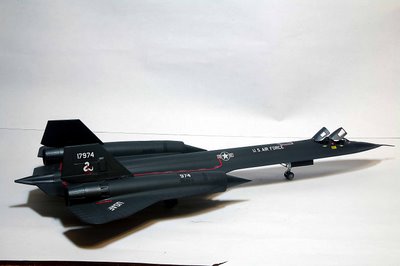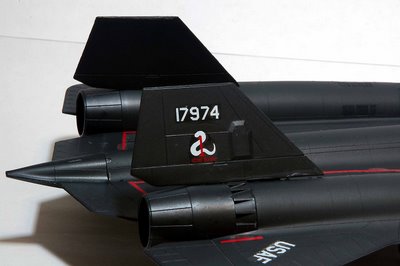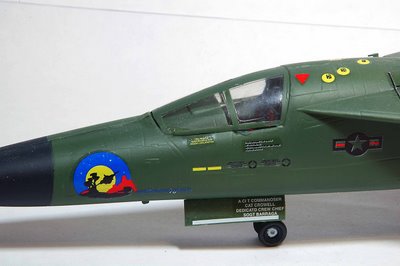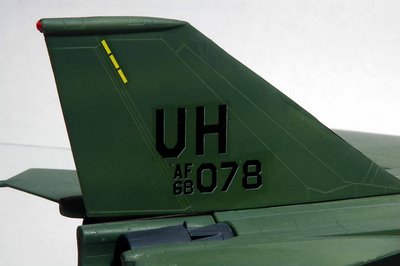The MiG-21 is the most built jet ever. Fast, small, agile dependable (performance data), and above all simple, it could be turned out in prodigious numbers, and was. It flooded the skies above Europe, Asia, Africa, and even Central America with literally thousands of modern, deadly fighters. It has flown in more wars than any other airplane in the world.
An estimated 10,000 (some sources state as much as 13,000 copies) of them have been produced by the Soviet Union, it's allies and (without license) China. The MiG-21 is outnumbered only by WWII airplanes and in modern days only by one, the Lockheed C-130 Hercules. First introduced in service with the Soviet Air Force in 1959, it continued front line service for more than 30 years. A record equal, and parallel, to the McDonnell Douglas F-4 Phantom II. The operational record, now entered its fourth decade, may well extend into the next century with i.e. the Chinese and Eastern Europe Air Forces.
Plastic Model Reviews:
http://www.xs4all.nl/~designer/models/mig21/mig21.htm
http://www.kitreview.com/reviews/mig21mfreviewcedw_1.htm
Other Mig-21 Information:
http://www.topedge.com/panels/aircraft/sites/kraft/mig1.htm
http://www.flug-revue.rotor.com/FRheft/FRH9811/FR9811h.htm
http://www.warbirdalley.com/mig21.htm

















































